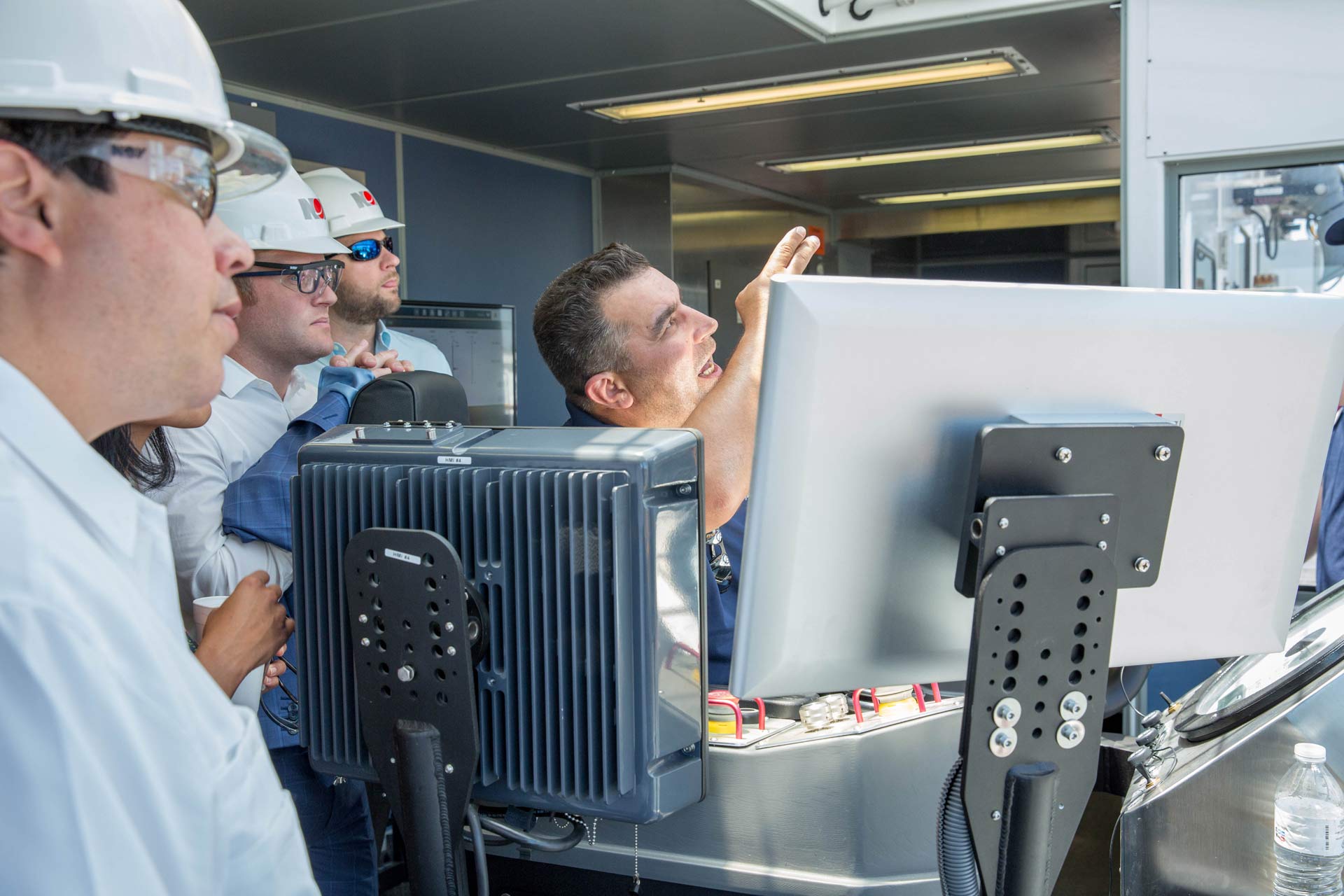Michael Gaines is the host of NOV’s podcast, NOV Today, for which he researches topics of interest, conducts interviews, and develops content for internal and external distribution. In addition, he leads the team responsible for overall content creation and content strategy at the corporate level. Prior to this, Michael held several roles at NOV, including director of communications within the corporate marketing group, global product line manager for inclination tools, and product champion for roller-cone drill bits. He received his bachelor of science in marketing from LeTourneau University and MBA from Amberton University. Michael is also a graduate of the NOV Ventures—Technology Commercialization program with The University of Texas at Austin.
